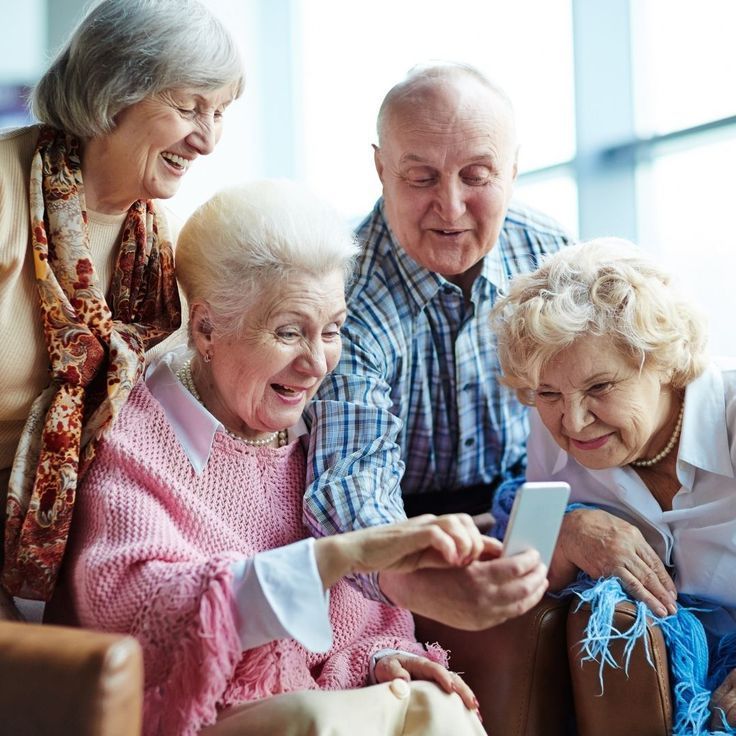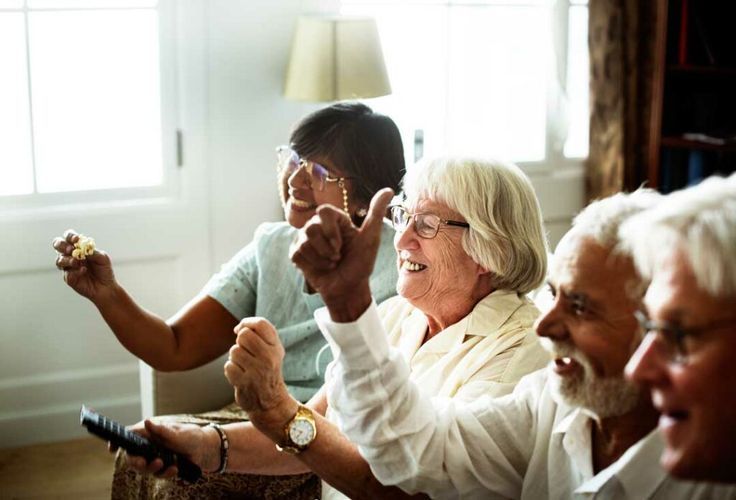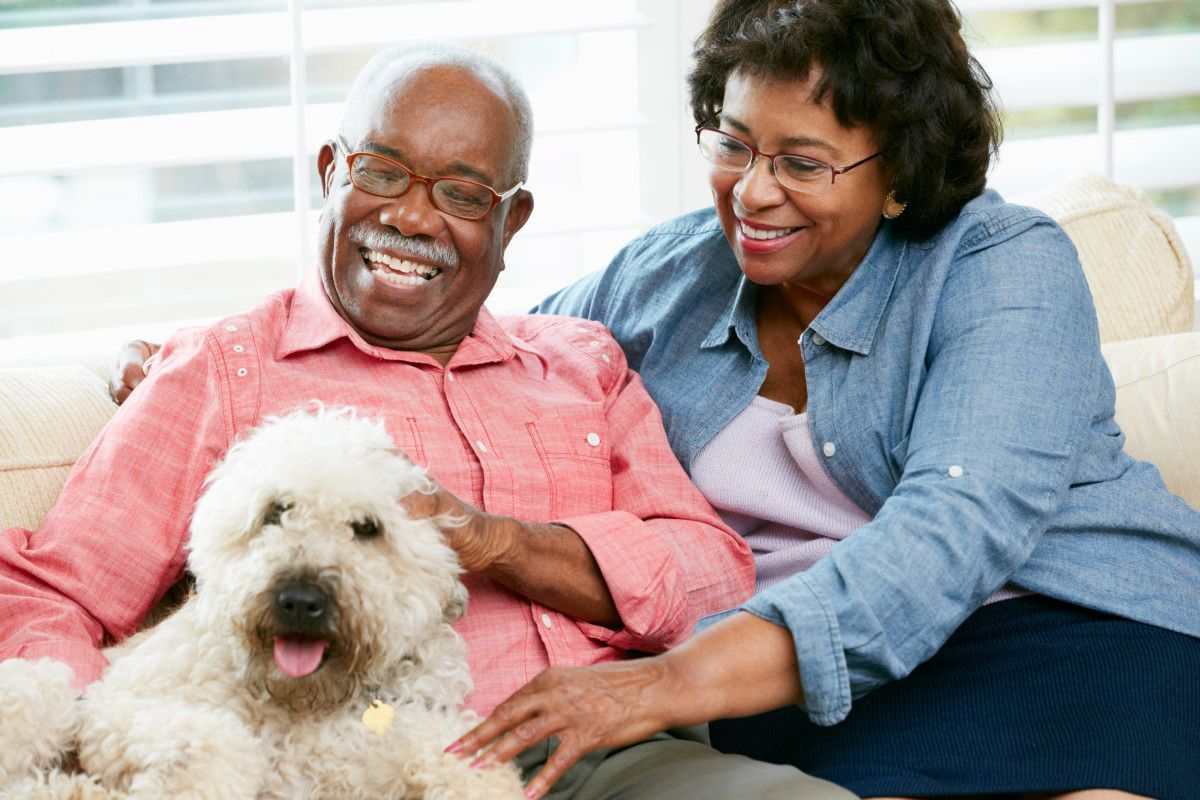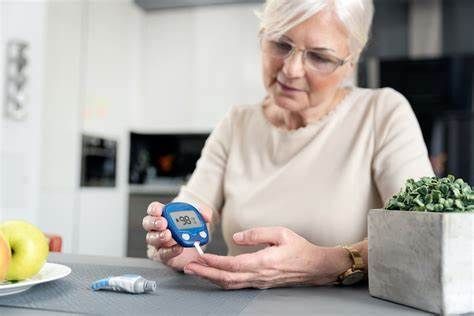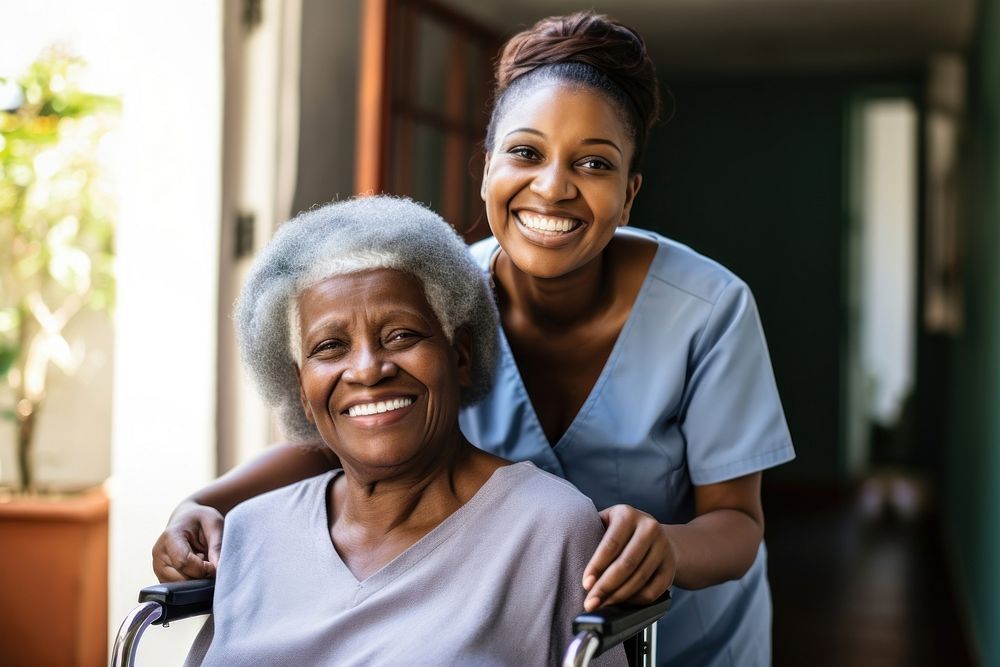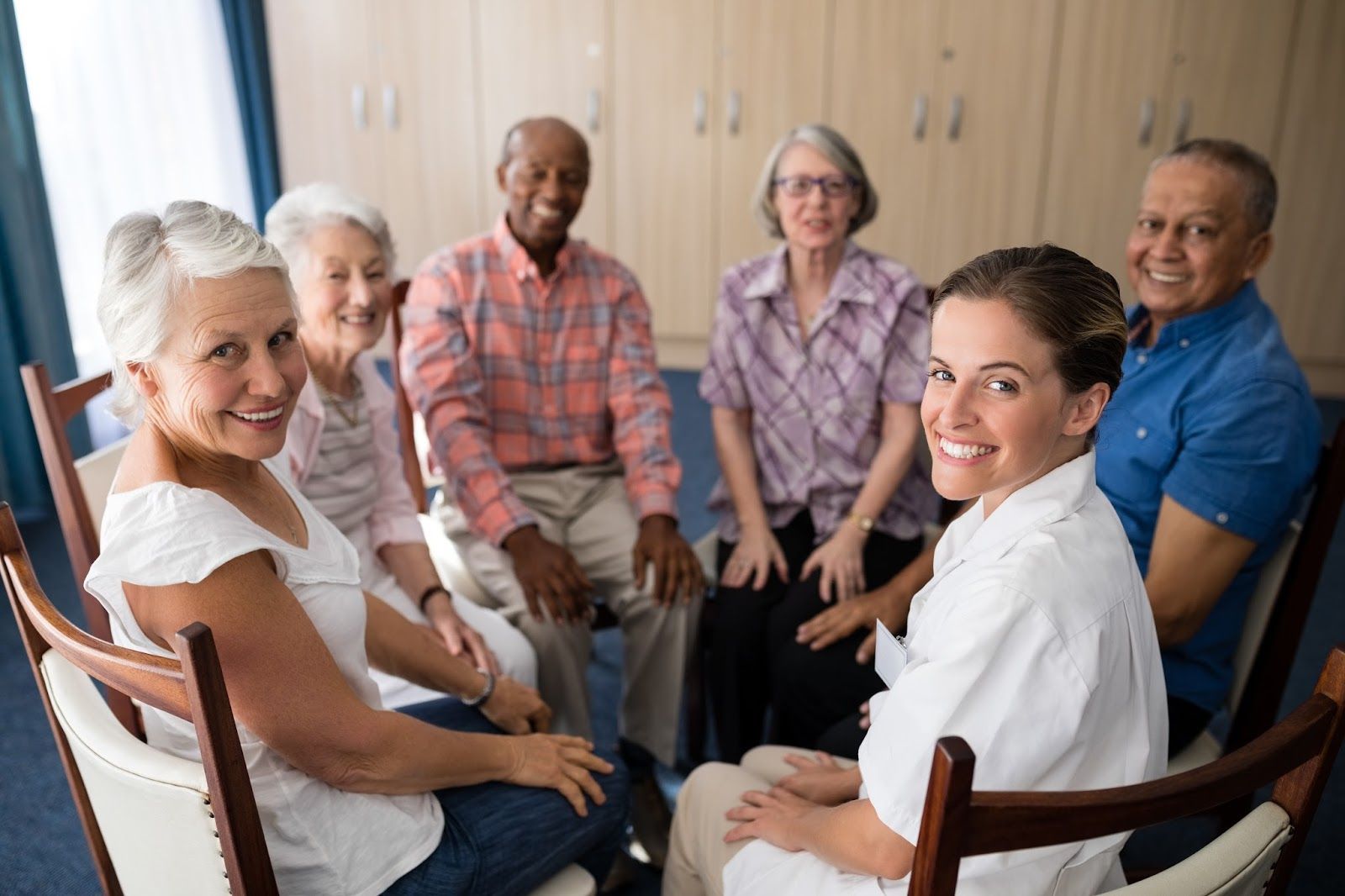3 Key Ways to Make Sure Your Home Is Safe for Aging in Place
3 Key Ways to Make Sure Your Home Is Safe for Aging in Place
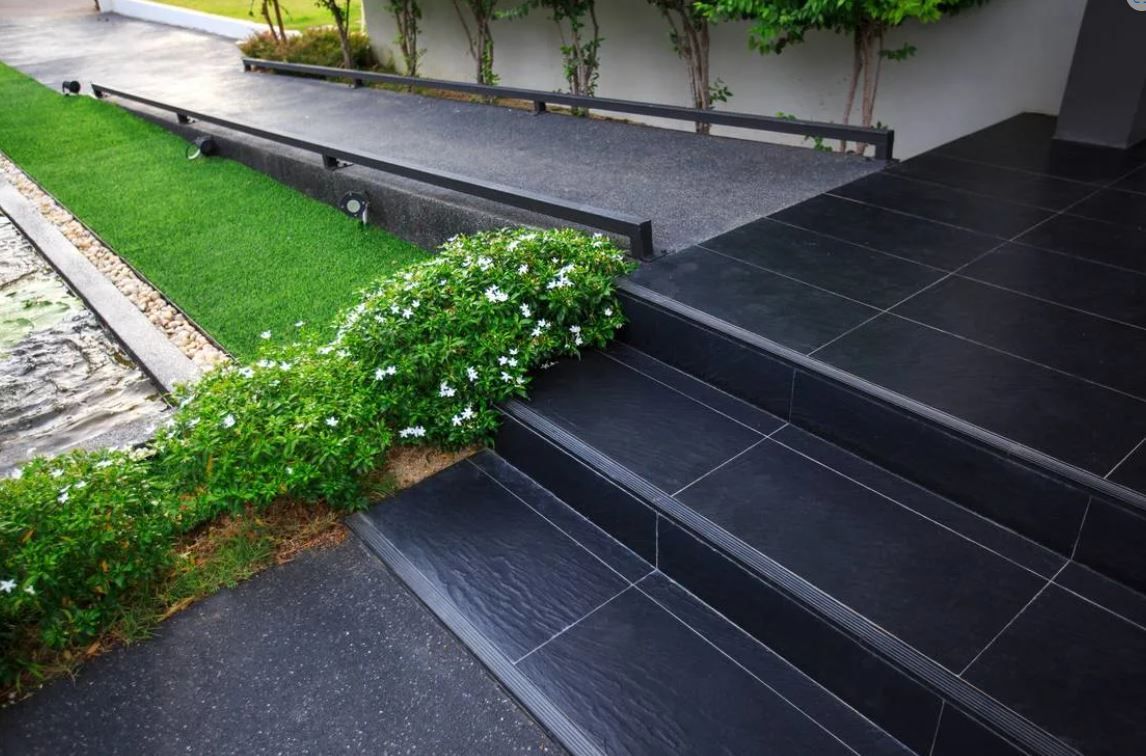
Have you ever slipped in your shower or stumbled down your stairs? If so, you’re not alone. While our homes keep us safe from the outdoors, they also house a wide range of potential dangers — especially for older adults. Anything from loose carpeting to poor lighting can result in a fall.
Despite injury risks, many seniors actively want to age in place. According to the American Association of Retired Persons (AARP), over 70% of adults want to stay in their homes as they get older. Comfort, independence and a familiar community are just a few factors that draw seniors to at-home living.
The good news is, it’s possible to reduce the risks associated with aging in place — provided you make some safety modifications. These can include minor changes (like improving home lighting) or major, more expensive modifications (such as installing ramps and grab bars). In this blog, we’ll go over three key ways to make a home safe for aging seniors.
1. Reducing Slipping Hazards
As adults age, physical capabilities typically decrease. Seniors may experience reduced muscle strength, slower reflexes and vision and hearing problems. These changes make seniors more vulnerable to injuries and falls. In the United States, a senior falls down every second — and, many of these falls take place in the home. Chances are, your home has more slipping hazards than you realize. Here are just a few common causes of falls:
- Poorly lit and uneven stairs
- Wet floors, such as bathroom or kitchen floors
- Loose rugs and carpeting
- Doorways with high thresholds or uneven transitions between rooms
Depending on the severity of the fall, this injury can bring serious consequences. 25% of falls result in significant injuries, such as head trauma, broken bones or hip fractures. So, what can you do to reduce the risk of falls?
Start by making minor adjustments, such as improving your home’s lighting or cleaning up clutter. For more hands-on support, you may want to install slip-resistant flooring, such as vinyl or rubber flooring, in high-risk areas (like the kitchen, bathtub and doorways). Finally, it may be helpful to install grab bars or handrails throughout the home, especially in the bathrooms and stairways. The more rails you install, the more support you have.
2. Installing Ramps
While handrails are great for preventing falls, they’re not necessarily helpful to seniors with mobility aids. Over 30% of seniors age 70+ have some sort of mobility issue. To help navigate, many of these individuals rely on devices such as canes, walkers and wheelchairs.
Unfortunately, most homes aren’t built to accommodate mobility aids. Small doorways, high thresholds and uneven flooring can prevent someone from using a mobility device. And of course, these devices make staircases dangerous — or even impossible — to use.
Now that you know the problem, you’re probably wondering: how do you modify a home to accommodate mobility devices? That’s where ramps come in. Installing ramps by the home’s entryway, within doorways and between floors makes homes more accessible. Keep in mind that you may have to modify your home’s structure (such as by widening doorways), which can increase expenses. However, for many seniors, the increased safety is worth the effort.
3. Improving Lighting
From building ramps to installing handlebars, modifying a home can take a lot of work. However, not all modifications need to be significant or expensive. Even simple acts, like improving a home’s lighting, can go a long way in keeping seniors safe.
Not only does poor lighting increase the risk of injuries, but it can also strain one’s vision. Furthermore, inadequate lighting can affect mental health and sleep. For example, low exposure to natural lighting during the day may increase anxiety and disrupt natural sleeping patterns. To help avoid these issues, consider making the following changes:
- Stairway lighting: Areas that have high fall risks — such as stairways — should contain proper lighting.
- Accessible switches: Ensure all light switches are easily reachable. If a senior has difficulty using light switches, consider getting motion-activated or remote-controlled lights.
- Lighting customization: Customization allows homeowners to adjust lighting based on their needs. For example, light dimmers let seniors enjoy bright bedroom lights during the day and a dim room at night.
Along with modifying the lighting, ensure there’s plenty of natural light during the day. Together, these adjustments can improve mood, sleep and — most importantly — safety.
The Bottom Line
When it comes to aging in place, safety is a major concern. Unlike senior living communities, homes don’t come with staff, expansive security systems or built-in safety features. However, by making a few modifications, you can reduce the risk of injury and help ensure you age in place gracefully. And, if health needs arise, you can always pair these modifications with home health care services, such as in-home caregivers, skilled nurses or therapists.
SOURCE:
MIAMI HERALD

